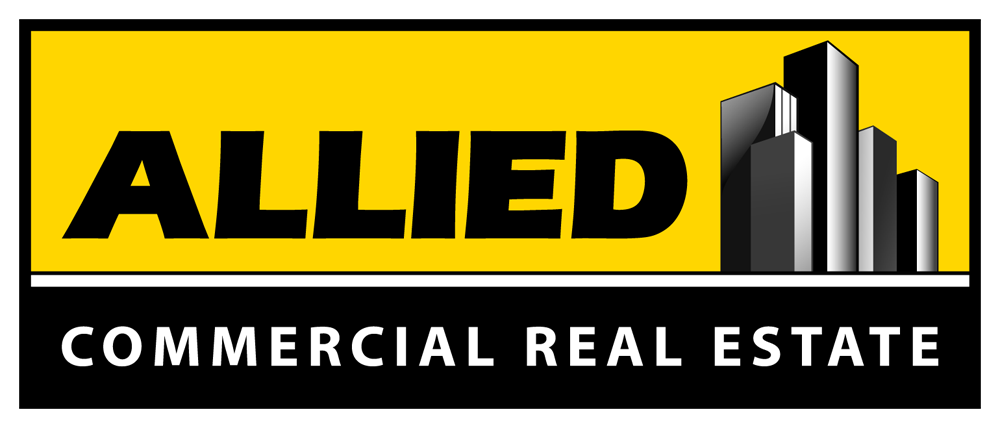Sobered but Undeterred by Recent Wall Street Woes, ULI Forecasts Three More Years of CRE Growth
A consensus survey of economists and analysts convened by the Urban Land Institute and EY Real Estate predicts solid but not spectacutar returns for U.S. real estate investors as moderate economic growth supports a steady strengthening in commercial real estate capital markets and fundamentals over the next three years.
The latest Urban Land Institute/EY Real Estate Consensus Forecast is slightly more optimistic than the previous survey in April regarding commercial property transaction volume and pricing, multifamily fundamentals and returns on institutional CRE properties.
The 43 experts representing 32 of the U.S.’s leading real estate investment, advisory, and research firms surveyed for the forecast last month included CoStar Portfolio Strategy economists Hans Nordby, Walter Page and Shaw Lupton.
“We’re at a point in the cycle where things feel very good,” said Josh Scoville, senior vice president for research with Hines, during a panel discussion on the forecast’s release. “There’s plenty of price and rent growth, but we’ve got to be aware of the risks, because it will change.”
The panel, which included David J. Lynn, CEO and co-founder of Everest High Income Property and Martha Peyton, managing director and head of global real estate strategy for TIAA-CREF, raised concern over more recent economic news, including this week’s equities market selloff, the drop in oil prices and anxiety over global economic growth.
“We’ve just got to be aware and not get too complacent, because things that are good tend to change for the worse,” Hines’ Scoville noted.
Overall, the forecasts for commercial real estate sectors remain positive, despite slightly lower sentiment from last spring on a few key indicators such as CMBS issuance, housing starts and housing price growth. And the U.S. remains a strong haven for cross-border investment, analysts agreed.
“Global investors generally have an optimistic view of real estate market opportunities worldwide,” said Howard Roth, global real estate leader at EY, noting that a broad consensus of the experts predict a continued rise in global transaction volume.
The future for CRE and the economy looks bright despite the current market turmoil in the U.S. and volatile conditions around the world of late, especially in Europe.
“While some see an economic slowdown as a concern, currently, conditions remain positive for real estate investing over the next several years,”
Roth said.
Key findings from the Urban Land Institute/EY Real Estate Consensus Forecast include the following:
- Commercial property transaction volume will grow, although at a declining rate, and exceed 2006 volume, which was the second highest pre-recession annual volume, by 2016 to $445 billion.
- CMBS issuance, which increased nearly 80% in 2013, is expected to continue a more moderate annual growth pace, increasing another 43% by 2016.
- Institutional real estate assets are expected to provide total returns of 11% in 2014, moderating to 8.5% annually by 2016.
- Commercial property prices are expected to increase by 10% in 2014. Price increases will then moderate to 6% in 2015 and 5% in 2016.
- Vacancy rates are expected to fall modestly for office, retail and industrial properties and rise slightly for apartments. Hotel occupancy rates are expected to continue improving.
- Rents are expected to increase for the four major property types in 2014, ranging from a growth rate of 2% for retail up to 4% for industrial. Rent increases for all property types are projected to rise by 3% in 2016, with the exception of office space, which is predicted to increase by 4%.
- Single-family housing starts are projected to increase to 912,500 units per year by 2016, remaining below the long-term annual average.





